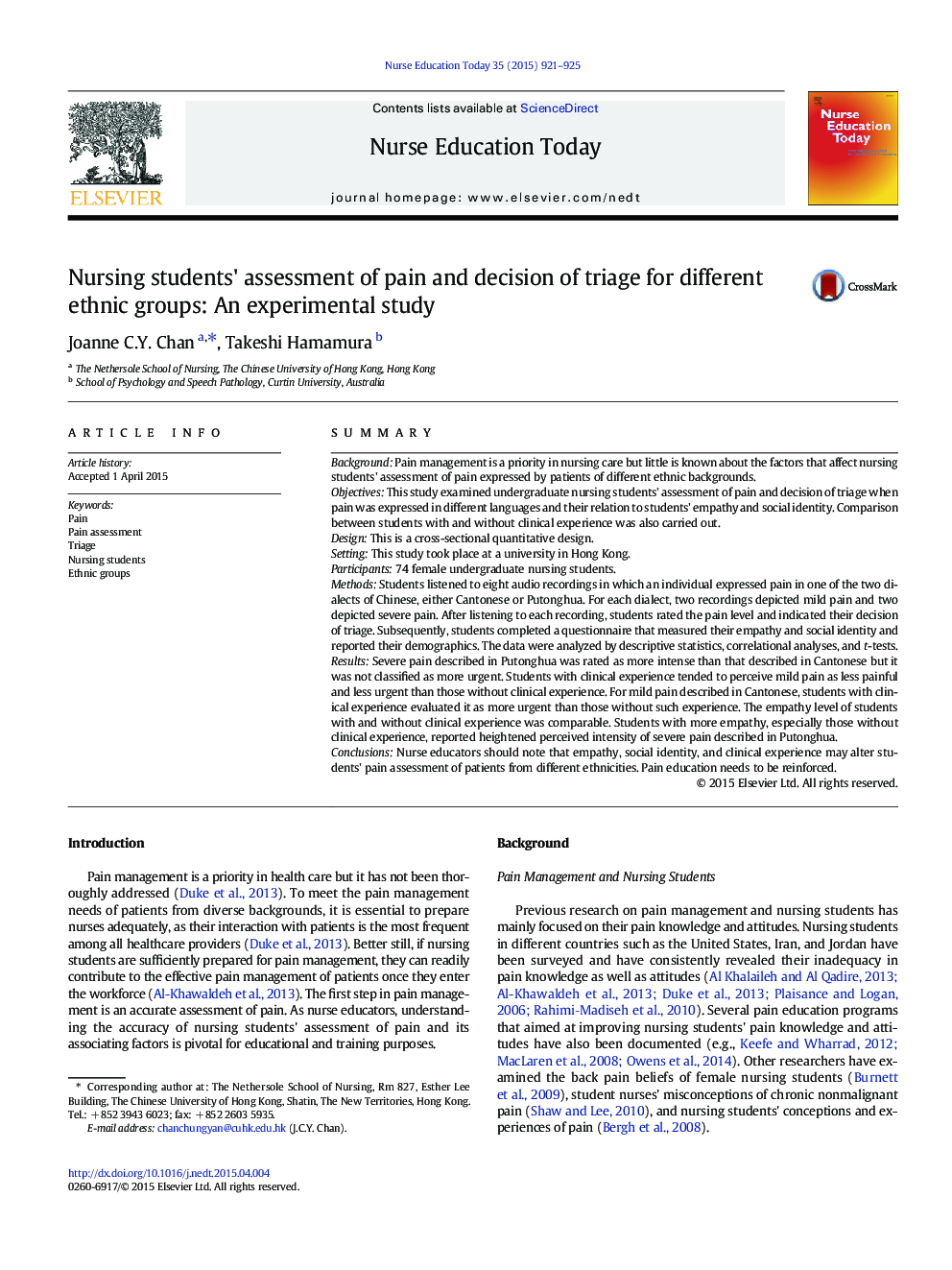| Article ID | Journal | Published Year | Pages | File Type |
|---|---|---|---|---|
| 7481621 | Journal of Environmental Management | 2015 | 5 Pages |
Abstract
In this study, placing parallel-connected baffles in the vicinity of the inlet was proposed to improve hydraulic conditions for enhancing TSS (total suspended solids) removal. The purpose of the retrofit baffle design is to divide the large and fast inflow into smaller and slower flows to increase flow uniformity. This avoids short-circuiting and increases residence time in the sedimentation basin. The newly proposed parallel-connected baffle configuration was assessed in the laboratory by comparing its TSS removal performance and the optimal flow residence time with those from the widely used series-connected baffles. The experimental results showed that the parallel-connected baffles outperformed the series-connected baffles because it could disperse flow faster and in less space by splitting the large inflow into many small branches instead of solely depending on flow internal friction over a longer flow path, as was the case under the series-connected baffles. Being able to dampen faster flow before entering the sedimentation basin is critical to reducing the possibility of disturbing any settled particles, especially under high inflow conditions. Also, for a large sedimentation basin, it may be more economically feasible to deploy the proposed parallel retrofit baffle in the vicinity of the inlet than series-connected baffles throughout the entire settling basin.
Related Topics
Physical Sciences and Engineering
Energy
Renewable Energy, Sustainability and the Environment
Authors
Cheng He, Eric Scott, Quintin Rochfort,
